Creating environments that cater to the needs of all individuals, regardless of mobility challenges, is a crucial aspect of inclusive design. Barrier-free vertical platform lifts play a pivotal role in ensuring accessibility for people with disabilities.
Wheelchair platform lift Introduction:
Disabled lifts are also called barrier-free lifts. In order to facilitate the travel and sightseeing of the disabled, we provide wheelchair platform lifts around the world to meet any requirements. From standard to customized platform lifts, every type and style is available, even if space is limited. Our lifts can be installed in new and existing buildings to complement and integrate into any indoor or outdoor environment. Whether you are looking for lifts for the disabled in public buildings, wheelchair lifts in schools or nursing homes, or looking for future-oriented customized platform lifts for your home we can provide you with a solution. Barrier-free lifts can be installed next to the escalators in the tourist elevator passages. The barrier-free lifts can accommodate wheelchairs and vehicles. The disabled or people with reduced mobility only need to press the help buttons at both ends, and the staff on duty will immediately turn on the automatic lifts.
Our services are tailor-made for our customers. Cooperate with architects to provide perfect outdoor elevator specifications; work with builders to install disabled access lifts within the tight project deadline; or work with building owners to install platform lifts for disabled visitors. We provide services for the entire cycle from building design to delivery Every customer provides support and assistance.
With more than 10 years of elevator expertise, you can rely on us to provide high-quality elevators and the services you expect.

Advantages wheelchair platform lift:
The lift for the disabled is composed of three parts: the lift platform guide rail and the drive box; the lift platform is made of C-shaped steel as the main part, adopts the "rocker self-reset switch operation", is installed without a foundation pit, and is directly fixed on the concrete ground ( For outdoor applications without a pit, the concrete floor under the platform shall not be lower than the surrounding ground) the lifting floor can be manually lowered when the manual hydraulic valve is opened; hydraulically driven, the lifting is stable and safe, and the exterior is made of brushed stainless steel and aluminum plate electrostatic sprayed chassis/panel , The appearance is small and beautiful, and does not hinder the surrounding environment. The handicapped lift is directly installed on the ground without supporting pits for civil construction. The construction is simple, and the product is not easy to accumulate water and rust when placed outdoors, and it is easy to maintain. Lifting height of 1-6 meters!
Wheelchair platform lift configuration:
Handicap lift drive system: hydraulic or screw drive
Handicap lift operation mode: Jog control/or automatic
Handicap lift installation method: No foundation pit installation, directly fixed on the concrete floor
External control device of the disabled lift: The call boxes are respectively placed on the wall near the upper and lower parking floors of the equipment, and a remote control can also be used
Emergency stop of the elevator for the disabled: Press the emergency button switch to control the operation of the machine.
Handicapped lift manual operation: The manual hydraulic valve is opened, or the lifting bottom plate can be manually lowered when the screw is manually turned.
Safety device for disabled lift:Safety interlocking of elevators for the disabled: During any abnormal operation, the elevator platform cannot operate.
Safety touch panel of disabled lift: When the safety touch panel encounters an obstacle during operation, the operation will stop immediately.
Emergency lowering of elevator for the disabld: manual lowering device when there is no electricity or malfunction.
Handicapped lift manual safety door: the platform leaves the station, the safety door is manually locked, and when the station arrives, it is manually opened.
Safety key for disabled lift: special key control, special person and special management.

Wheelchair platform lift Maintenance and maintenance:
Maintenance and maintenance can extend the service life of the elevator and reduce the incidence of elevator failure. Lift maintenance can be roughly divided into: daily maintenance, monthly maintenance and annual maintenance. Daily maintenance.
1) Check whether the steel wire rope and guide wheel of the counterweight door are worn or not
2) Check whether there is oil leakage in the oil pipes joints, and cylinders.
3) Check whether all the travel switches are loose
4) Jog the elevator and check for abnormal noise
Monthly maintenance:
1) Check whether the bearing parts such as rollers and bearings are worn or not, and whether each fastener part is loose
2) Check whether all the travel switches are in good contact
3) Whether the oil cylinder is leaking and whether there is peeling off the electroplating layer
4) Whether the operation of the overload protection device is normal
5) Whether the circuit connection is clean, whether the connection is firm, and whether it works normally
Annual maintenance:
1) When the hydraulic oil rises to the highest level, is the oil level 40-50mm higher than the suction port?
2) Whether the hydraulic oil has deteriorated, if it has deteriorated, the hydraulic oil should be replaced in time
3) Clean the oil system
4) Check whether there are abnormal phenomena in other parts
Wheelchair platform lift safety precautions:
1. If abnormal noise or abnormal movement occurs during landing stop using it immediately, and contact the designated after-sales service company and ask for sub-inspection.
2. Before each use, the elevator must be pre-checked, such as checking whether the fixing bolts (female) are loose. If unsafe conditions are found, please do not use the lift and repair it.
3. In case of wet conditions on the lift platform or the wheels of the wheelchair, the effective braking force of the wheelchair is not large. Therefore, special care should be taken when using in this case.
4. During the opening and descending process of the lift platform, the wheelchair should be controlled on the utility vehicle (the electric wheelchair should be cut off the power supply to pull on the utility vehicle).
5. Keep the surface of the elevator clean.
6. Be careful not to exceed the rated load of the elevator when using it.
7. When the lift platform is rising or falling, please do not get on and off the platform. When the lift is not in use, the released platform must be folded as required before the vehicle can be started.
8. Do not allow children or other people to play with the lift, it is dangerous to do so.
9. Don't put your arms and legs within the range of movement of the elevator, otherwise it will cause unnecessary harm to you.
10. When the platform is ascending or descending, the front baffle must be placed vertically and placed into the bottom end of the straight slot. It is not allowed to start up or down the platform before the front block is placed straight.
11. When someone is on the platform, no one is allowed to press the "in" button of the control switch.
FAQ
1. What is a barrier-free vertical platform lift, and how does it differ from other types of lifts?
A barrier-free vertical platform lift is a mechanical device designed to transport individuals with mobility challenges between different levels of a building. Unlike traditional lifts, these are specifically designed to provide accessibility for wheelchair users and people with disabilities.
2. Where are barrier-free vertical platform lifts commonly installed?
These lifts are commonly installed in public buildings such as shopping malls, airports, government offices, as well as in residential settings and workplaces. They are positioned to ensure that individuals with disabilities can navigate various levels without hindrance.
3. What key features make barrier-free vertical platform lifts suitable for individuals with disabilities?
Features include vertical movement, spacious platforms to accommodate wheelchairs, safety mechanisms such as non-slip surfaces and safety gates, quiet operation, and compliance with accessibility standards.
4. How do barrier-free vertical platform lifts enhance the independence of individuals with disabilities?
These lifts empower individuals with disabilities by providing them with the independence to move between different levels without the need for assistance, promoting a sense of autonomy and inclusion.
5. Are barrier-free vertical platform lifts customizable?
Yes, many lifts offer customization options, including design aesthetics to match the surrounding environment and customization of size and weight capacity to meet various user needs and space requirements.
6. Where can barrier-free vertical platform lifts be installed in residential settings?
In residential settings, these lifts can be installed to overcome vertical barriers within homes, providing homeowners with an effective solution to enhance accessibility.
7. What safety features are typically incorporated into these lifts?
Safety features may include non-slip surfaces, safety gates, emergency stop buttons, emergency lowering mechanisms, battery backups, and compliance with safety standards to ensure user safety.
8. Are barrier-free vertical platform lifts compliant with accessibility standards and regulations?
Yes, these lifts are designed to comply with accessibility standards and regulations, ensuring that buildings and facilities adhere to inclusive design principles.
9. How is the maintenance of barrier-free vertical platform lifts managed?
Regular maintenance is essential to ensure the continued safety and functionality of these lifts. Owners should schedule regular inspections and servicing to address any issues promptly.
10. Can these lifts be installed in workplaces to facilitate accessibility for employees with disabilities?
Yes, barrier-free vertical platform lifts are suitable for workplace installations to ensure that employees with disabilities can access all areas of the workspace without hindrance, contributing to an inclusive working environment.
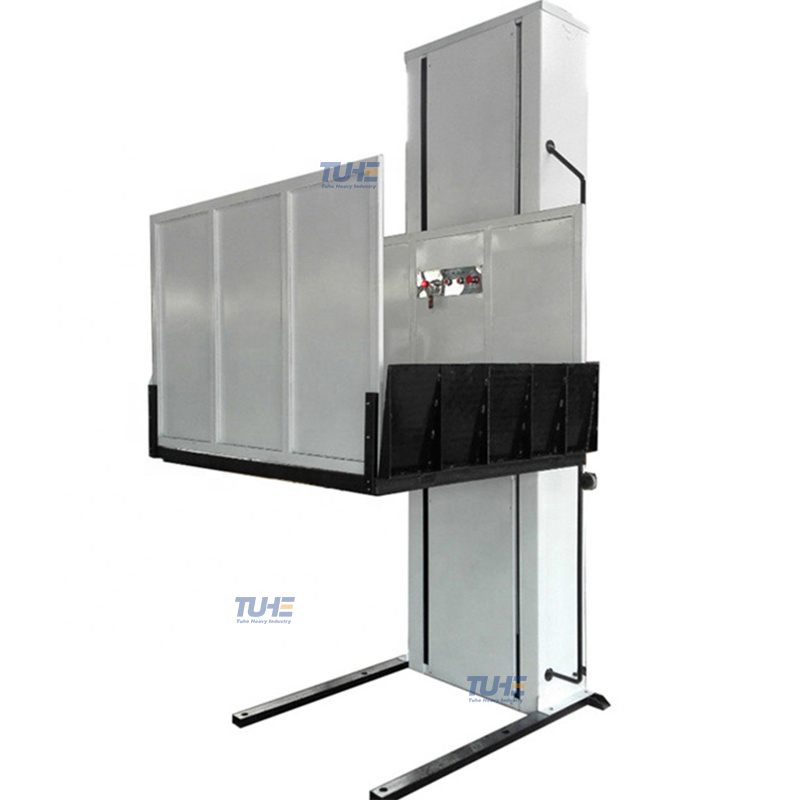



503.webp)
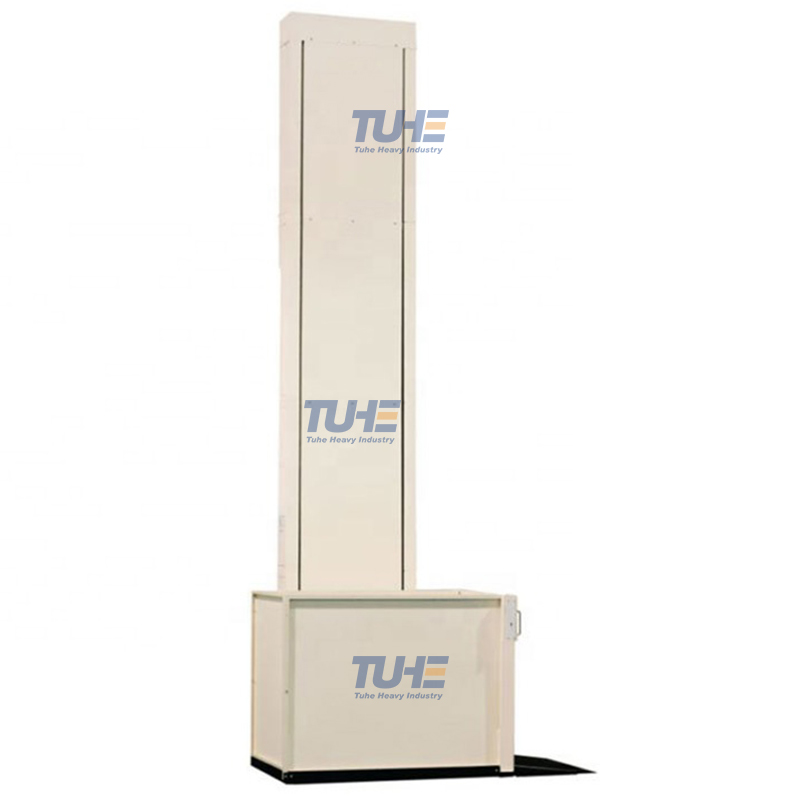
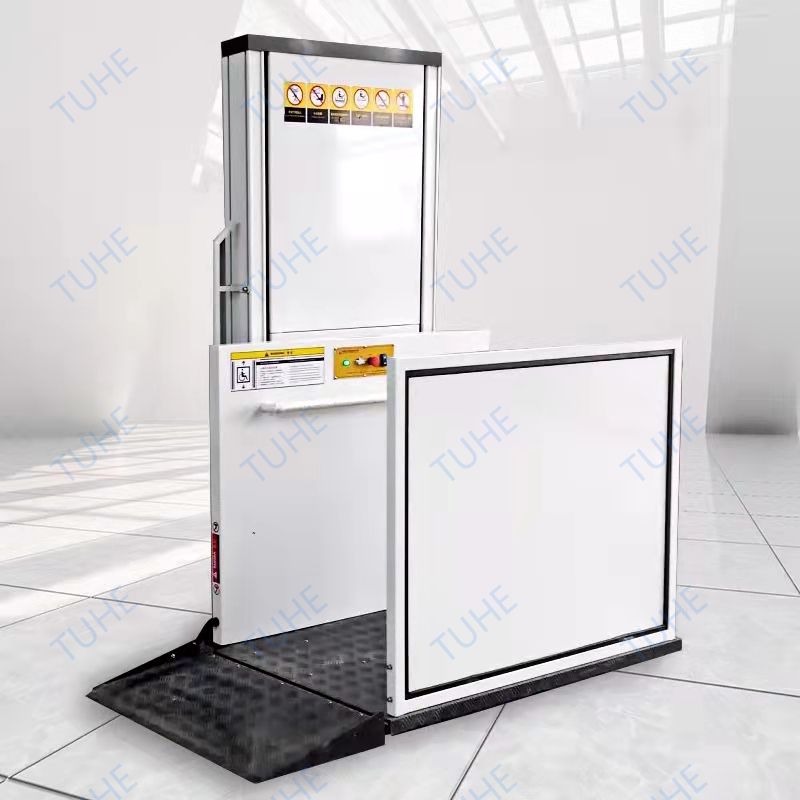
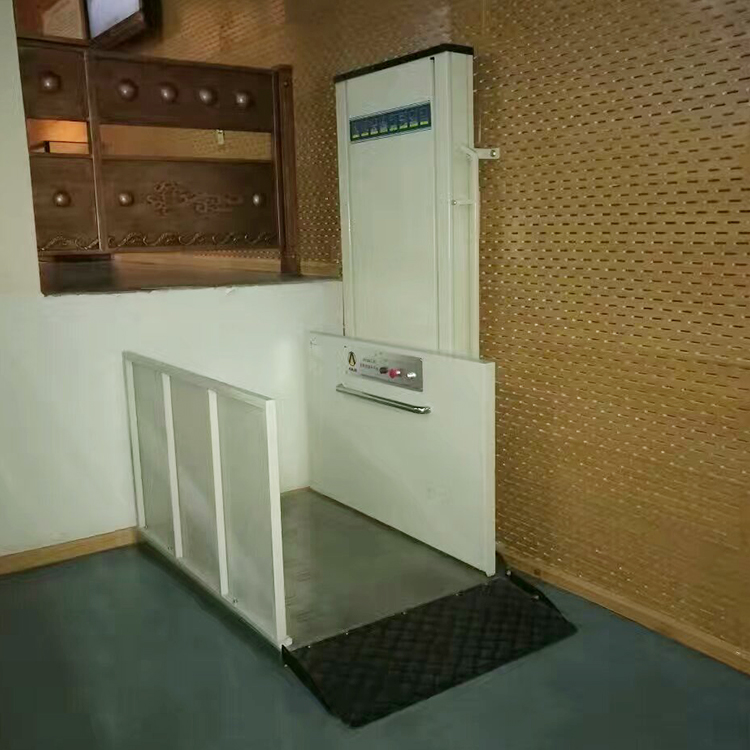
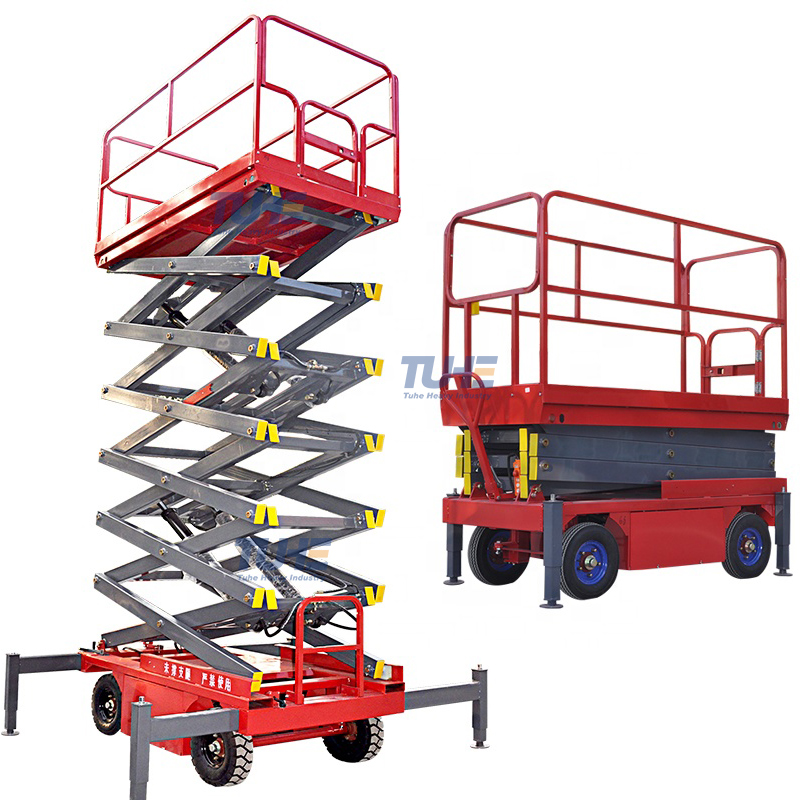
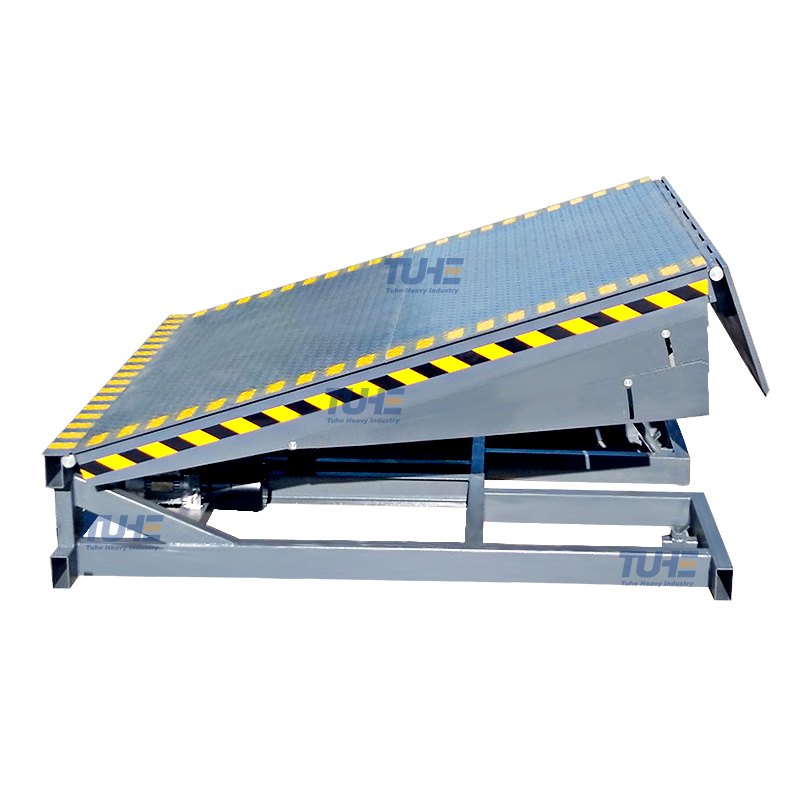
660.webp)